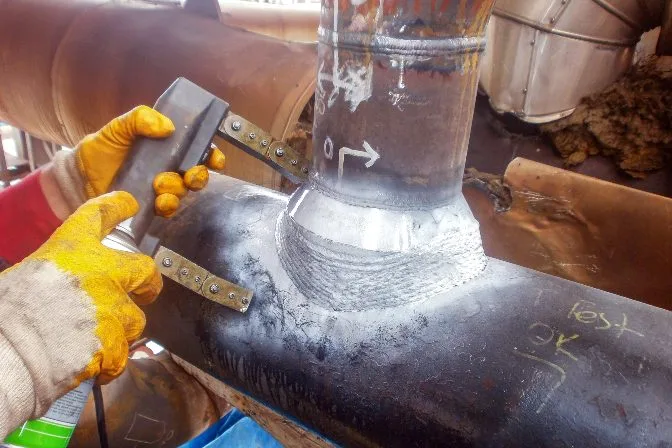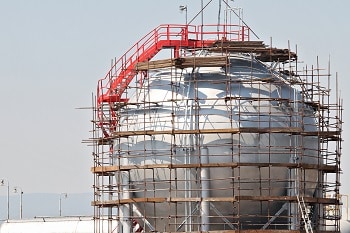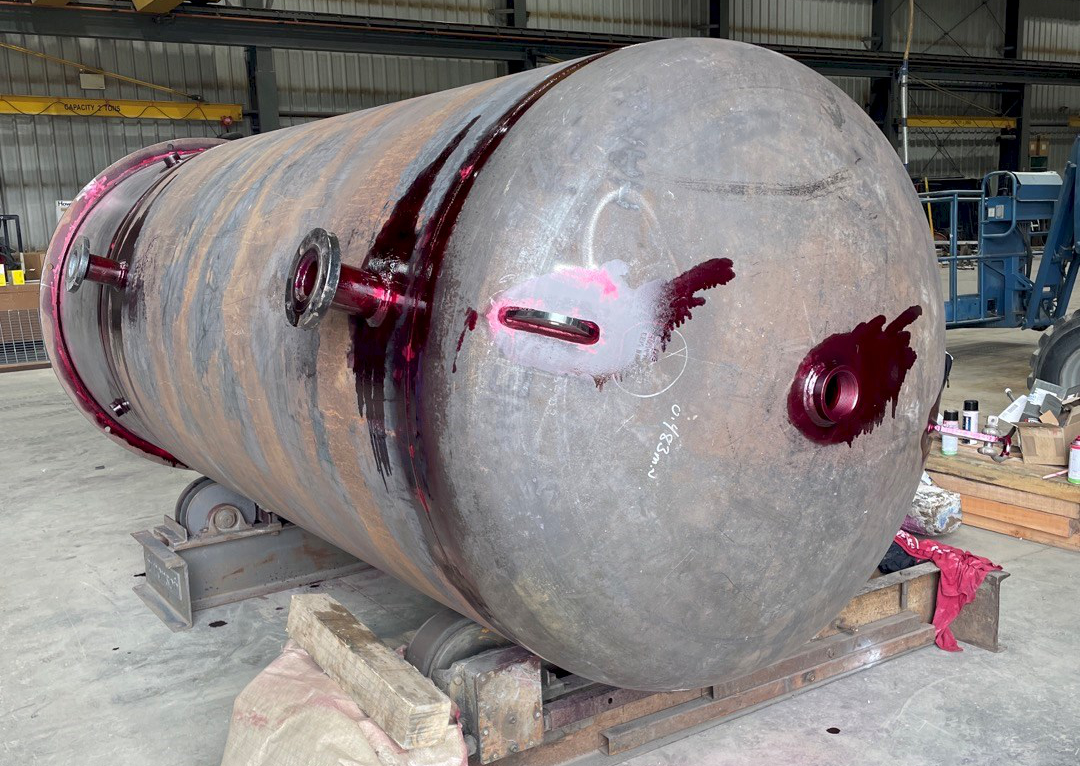The Necessary Function of Storage Tank Welding Assessment in Ensuring Structural Honesty and Security Conformity in Industrial Applications
In the world of industrial applications, storage tank welding evaluation emerges as a crucial aspect in safeguarding architectural integrity and guaranteeing conformity with security regulations. Using a combination of methods such as aesthetic assessments and advanced testing methods, these examinations serve to determine and mitigate potential flaws prior to they intensify into substantial dangers.
Importance of Storage Tank Welding Assessment

Guaranteeing conformity with sector standards and policies is one more substantial element of container welding evaluation. Regulatory bodies mandate rigorous standards for the building and upkeep of tank, and detailed assessments assist organizations abide by these demands. Non-compliance can cause severe penalties, including penalties and closures, additionally stressing the demand for rigorous evaluation procedures.
Additionally, container welding inspection plays a crucial function in maintaining functional effectiveness. In recap, the relevance of container welding examination exists in its capacity to secure public wellness, secure the environment, and make sure conformity with regulatory structures.
Secret Examination Strategies
Reliable storage tank welding inspection counts on a range of crucial methods that guarantee thorough examination of weld top quality and structural integrity. Among the most widespread techniques are aesthetic assessment, ultrasonic testing, radiographic testing, and magnetic fragment screening - Tank Welding Inspection. Each method provides one-of-a-kind benefits in assessing various elements of the weld
Aesthetic inspection functions as the first line of protection, allowing examiners to determine surface issues, irregularities, or disparities in the weld grain. Ultrasonic screening employs high-frequency acoustic waves to identify inner flaws, such as fractures or gaps, providing an extensive assessment of weld integrity. This technique is specifically effective in finding concerns that might not show up on the surface.
Radiographic screening utilizes X-rays or gamma rays to produce images of the welds, exposing interior stoppages and offering a long-term record for future recommendation. This method is very efficient for crucial applications where the risk of failing need to be reduced.
Finally, magnetic bit testing is utilized to recognize surface and near-surface defects in ferromagnetic materials. By applying magnetic areas and great iron fragments, assessors can identify suspensions that may compromise the structural stability of the container. With each other, these methods create a robust structure for ensuring premium welds in industrial applications.
Compliance With Security Specifications

Routine inspections play an essential duty in guaranteeing compliance by determining prospective failures or deviations from suggested requirements. Inspectors are trained to assess weld top quality, confirm material requirements, and examine the total structural integrity of tanks. Their competence is essential in making sure that welding processes fulfill the needed safety criteria.
Additionally, compliance with security requirements not just protects workers but likewise safeguards the atmosphere from potential risks such as leaks or tragic failings. Organizations that focus on security compliance are much better placed to visit their website alleviate threats, enhance operational effectiveness, and promote a culture of safety within their labor force. In recap, preserving strenuous compliance with security criteria is crucial for the effective procedure of tank welding tasks in commercial settings.
Advantages of Regular Examinations
Regular examinations are indispensable to keeping the structural stability and safety of bonded containers. These evaluations give a methodical method to identifying possible problems or weak points in the welds, making certain that any concerns are resolved before they rise into substantial failures. By performing routine assessments, companies can spot deterioration, exhaustion, and various other forms of degeneration that might compromise tank efficiency.
Moreover, constant assessments add to compliance with market guidelines and requirements. Sticking to these standards not only alleviates lawful dangers yet also improves the company's reputation for security and reliability. Routine examinations foster a positive security society, urging employees to acknowledge and focus on the relevance of equipment stability.

Study and Real-World Applications
Situation research studies and real-world applications show the substantial impact of efficient tank welding evaluation practices. Complying with the application of rigorous welding examination procedures, including aesthetic and ultrasonic screening, the facility recognized important defects blog in weld joints that might have led to devastating failings.
Likewise, a water therapy plant executed a thorough evaluation program for its storage tank welding procedures - Tank Welding Inspection. By integrating non-destructive testing approaches, the plant was able to discover very early indicators of rust and exhaustion in weld joints. This timely treatment extended the life-span of the tanks and made certain compliance with safety and security policies, hence safeguarding public health and wellness
These study underscore the value of normal and systematic storage tank welding examinations. By prioritizing these techniques, industries can reduce threats, enhance structural honesty, and ensure conformity with safety and security standards, eventually bring about improved operational performance and reduced obligations.

Verdict
In conclusion, tank welding assessment is an indispensable component of preserving architectural honesty and safety and security in commercial applications. Employing various evaluation methods makes sure very early detection of potential problems, therefore preventing catastrophic failures. Adherence to safety standards even more improves operational dependability and compliance with regulative demands. Eventually, routine evaluations not only safeguard public health and wellness and the atmosphere however also contribute to the longevity and efficiency of crucial assets, underscoring the vital duty of this method in industrial procedures.